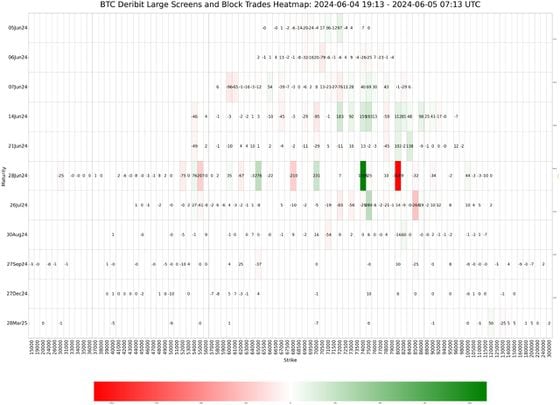Economists anticipate that global economy growth, which has surpassed expectations in 2023, will likely slow down next year due to major economies’ sustained increase in interest rates. According to a compilation of forecasts by consultancy Consensus Economics, the global economy is projected to expand by 2.1 percent in 2024, which marks a slight decrease from the expected growth rate of 2.4 percent for the current year.
Global economy growth is likely to slow next year
Economists have revised their expectations for this year by one percentage point since the beginning due to unexpectedly robust consumer demand and strong labor markets. However, in 2024, there is an expected slowdown, partly driven by basic mathematical effects where better performance this year levels off growth in the following year. Simon MacAdam, Senior Global Economist at Capital Economics, supports this but also noted that economists have become more pessimistic about prospects in 2024. This caution is based on the belief that persistent high demand will lead to prolonged inflation, compelling policymakers in advanced economies to maintain elevated borrowing costs well into the next year.
Nathan Sheets, Chief Economist at US bank Citi, pointed out that services demand has remained strong, the labor market has stayed robust, and wages have continued to rise, which means that some of the anticipated weaknesses for this year are being deferred to 2024. He added that a recession is expected in many countries, including the US, but it is likely to occur later rather than sooner.
Until a few months ago, there were expectations that the Federal Reserve in the US would initiate rate cuts this year. However, the robust performance of the US economy has created a small possibility that policymakers could opt for a further quarter-point increase in borrowing costs, setting a target range of 5.5 to 5.75 percent in September. Economists anticipate the first rate cut in the spring of the following year.
The increasing likelihood that the US economy will evade a recession this year means that the Federal Reserve is inclined to maintain higher interest rates for a more extended period to curb inflation effectively. That, in turn, is expected to result in slower growth in 2024, according to Mark Zandi, Chief Economist of Moody’s Analytics.
The next significant decision facing the central bank is likely to revolve around when to reduce interest rates to support the recovery of the US economy during these challenging times. Determining the right timing for this move is considerably more complex than deciding whether to raise rates when inflation was approaching 10 percent. However, there is some positive news in this scenario as well.
The Federal Reserve can likely afford to exercise patience and allow the economy to cool down further before taking action. A weaker economy could be the final blow to inflation, and the Fed has a substantial arsenal of over 5 percent interest rate cuts that it can deploy when needed. This luxury hasn’t been available to any Federal Reserve chair for quite some time.
A look into the global economy’s performance
Zandi also noted that the European economy has performed somewhat better than initially feared this year, except for Germany. As a result, both the European Central Bank and the Bank of England are expected to maintain higher interest rates for an extended period. The ECB, for instance, has raised its deposit rate from minus 0.5 percent in June 2022 to the current 3.75 percent and is not expected to begin cutting rates for most of the next year.
On the other hand, the BoE is anticipated to raise borrowing costs by another half percentage point to 5.75 percent by year-end and is not likely to initiate rate cuts until the second half of 2024.
China’s economic deceleration following the initial post-pandemic rebound contributes to economists’ pessimism for 2024. Christian Keller, Head of Economics Research at Barclays, characterized this slowdown as “structural,” indicating it’s not merely a temporary dip. Keller suggested that the global outlook 2024 appears to point toward a further deceleration in economic growth.
With the prospect of higher interest rates in the United States, economists, on average, anticipate a slowdown in US growth to 0.6 percent in 2024, down from 1.9 percent expected for this year.
In contrast, the UK and the eurozone are expected to maintain modest growth rates in both years. At the same time, China is anticipated to grapple with structural issues and a decline in manufacturing and exports.





